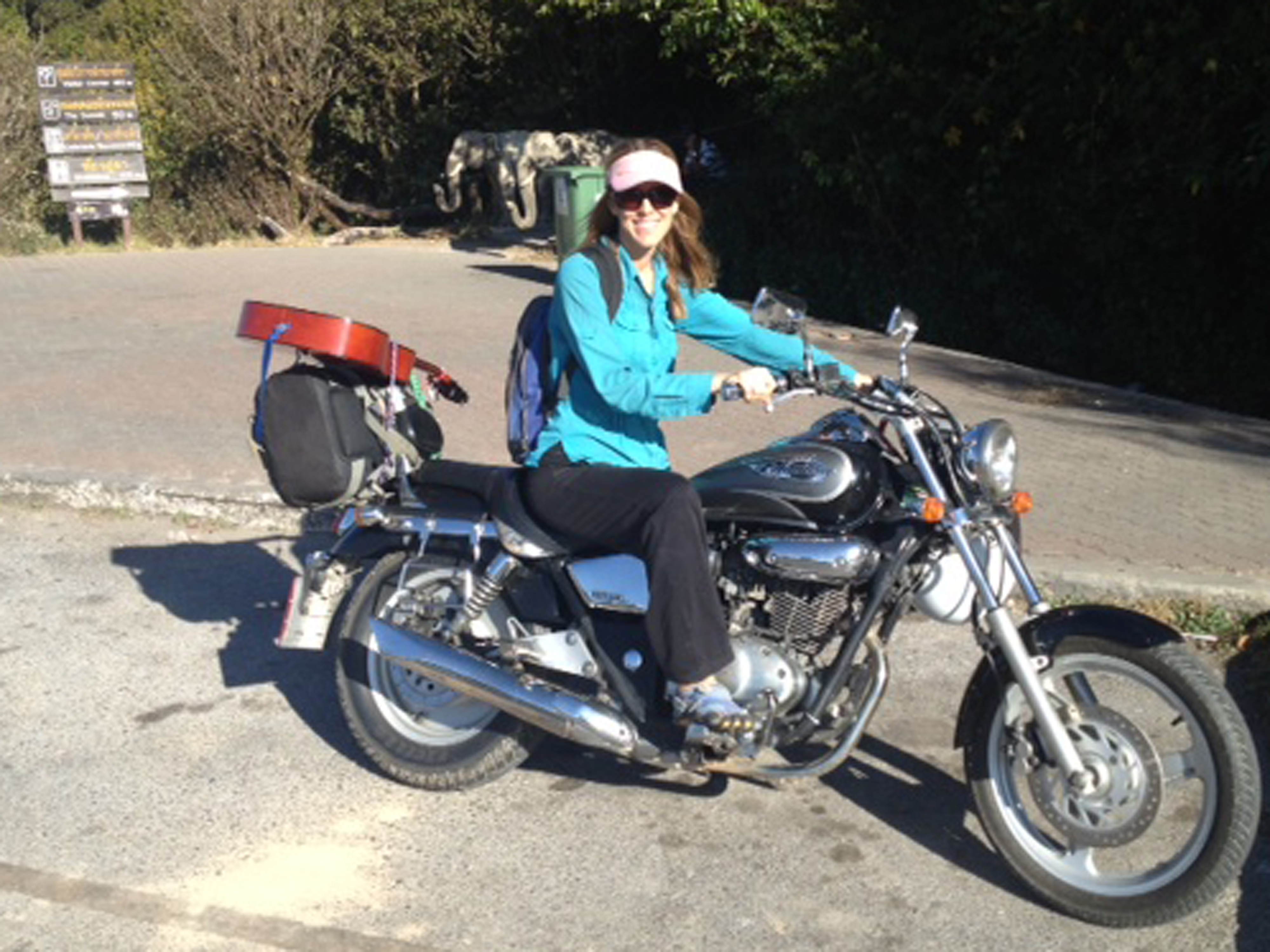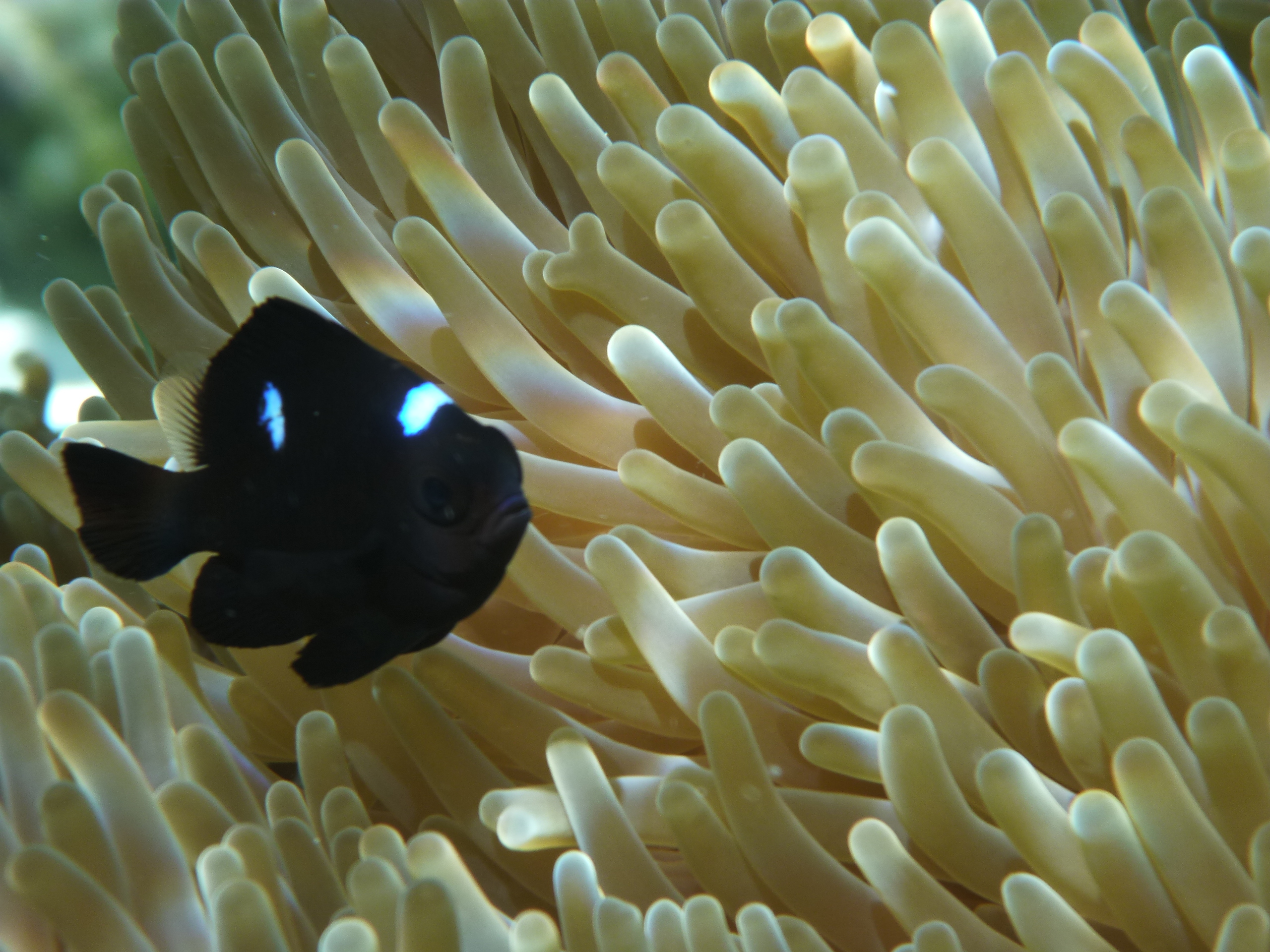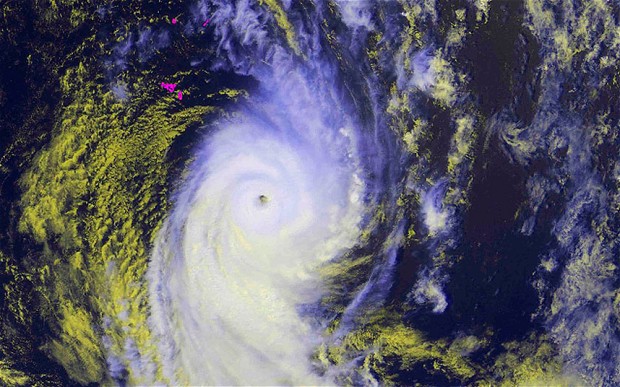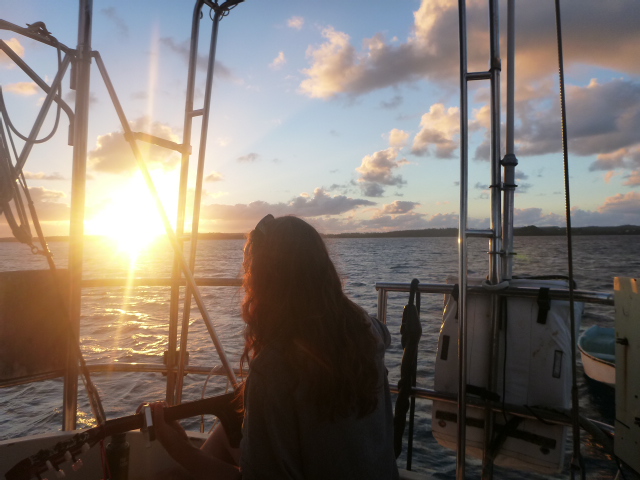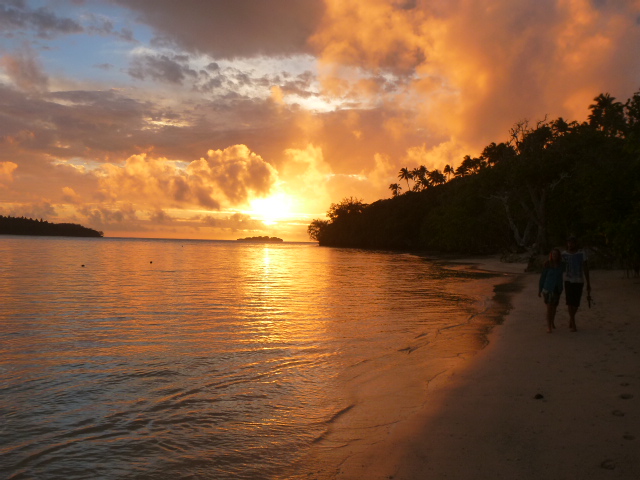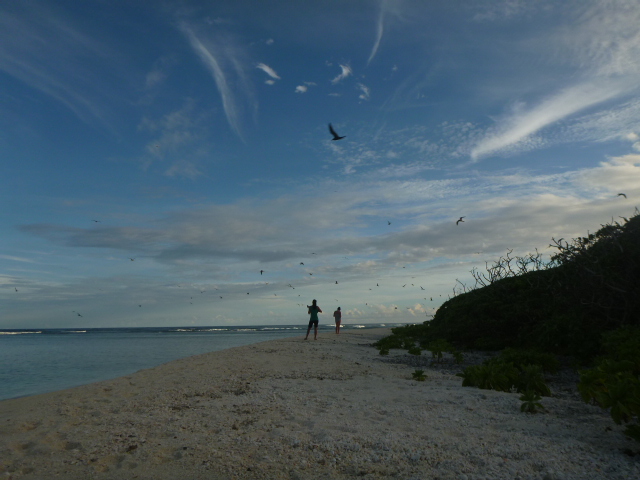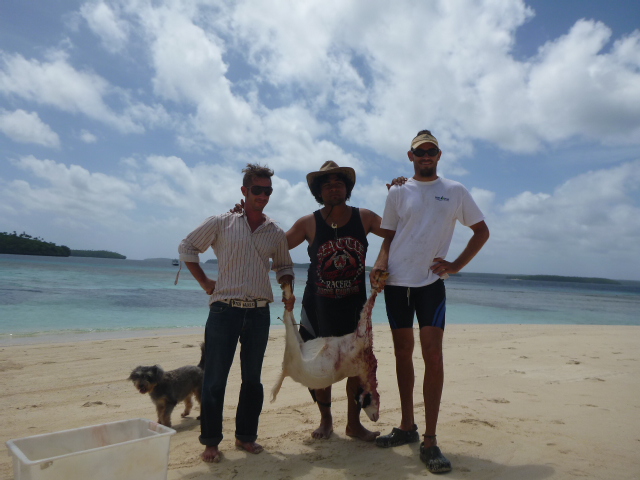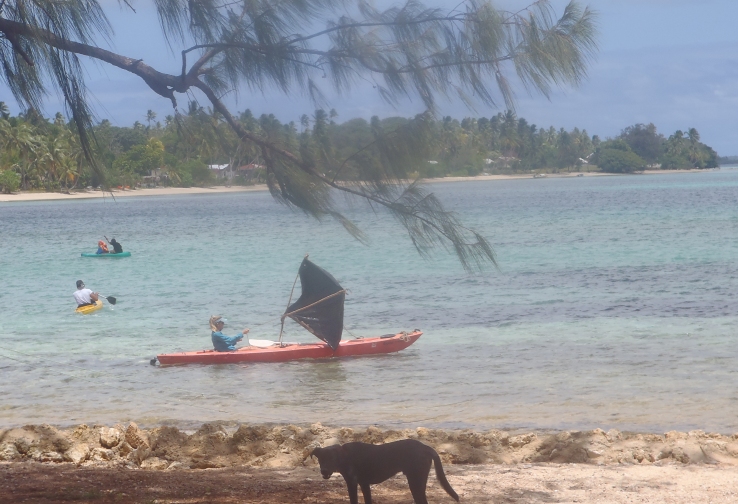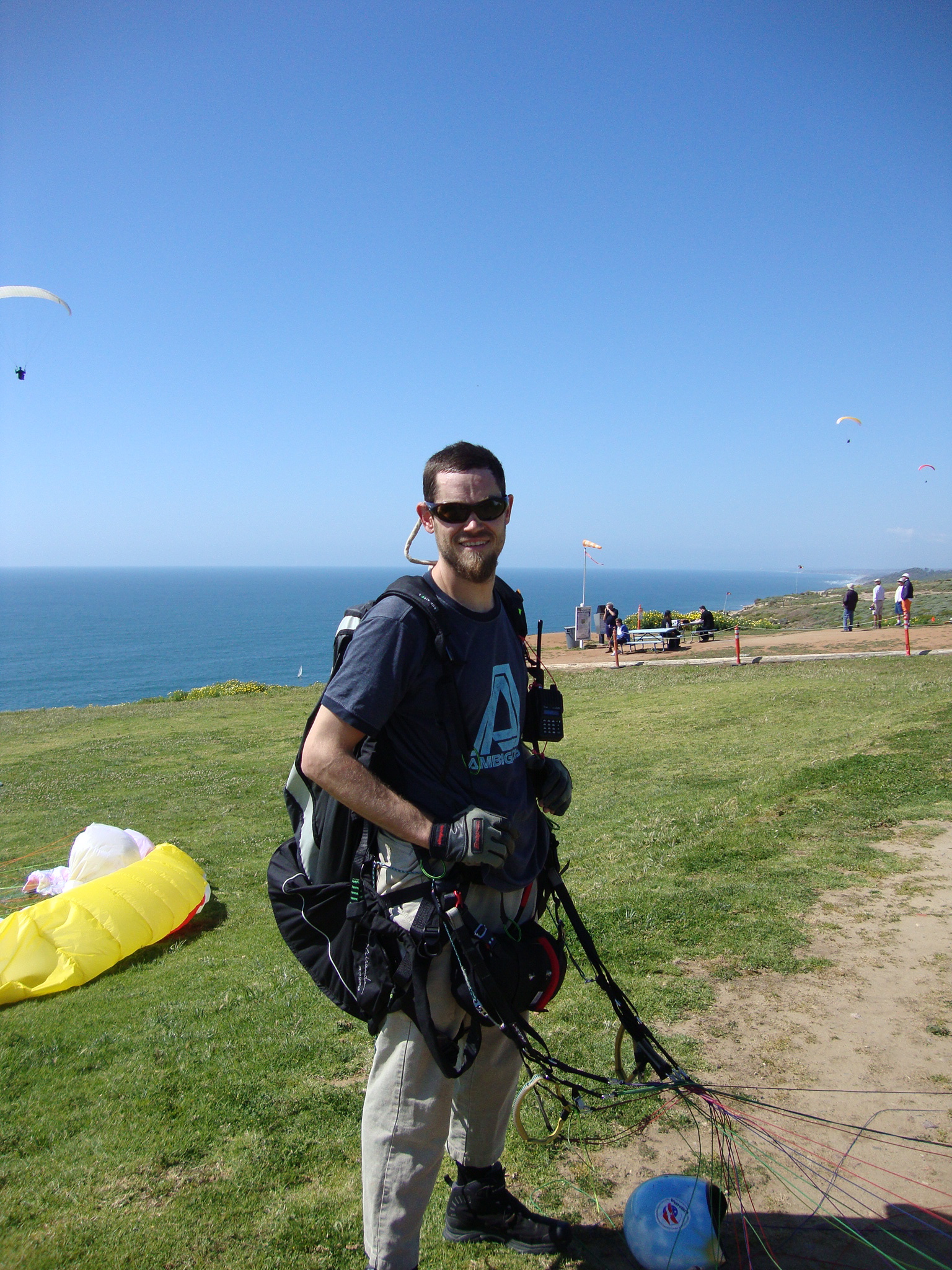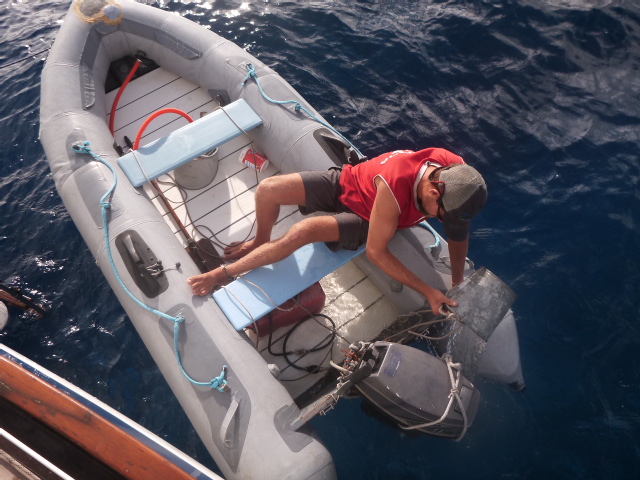Part One – Riding with 2 1/2 on Thailand’s Mae Hong Son Motorcycle Loop
Last week, we put the two-and-a-half of us, one small duffel and our beat-up Panamanian guitar on a motorcycle for a week-long road trip in Southeast Asia. We were ready for smaller towns and some Thailand scenery. The 800 kilometer Mae Hong Son motorcycle loop has over 2,000 turns. Most of them are hairpin. It climbs and then descends an astonishing 1,000 meters (3,000 feet) in 20 kilometers (12 miles) … several times. We had planned to spend about five days on the road, but ended up riding for eight.
This video was made entirely on the iPhone using iMovie. It features Bri as the star during the first half of our trip, which included visits to Buddhist temples, birding at the highest peak in Thailand, and playing guitar with locals in the street.
Stay tuned for Part Two in a few days. Also, watch for Bri’s post next month in Mamalode about riding on a motorcycle while pregnant.

